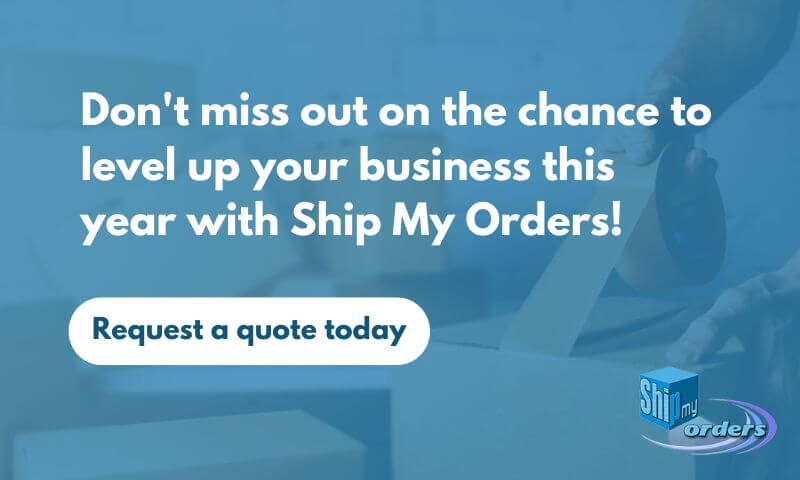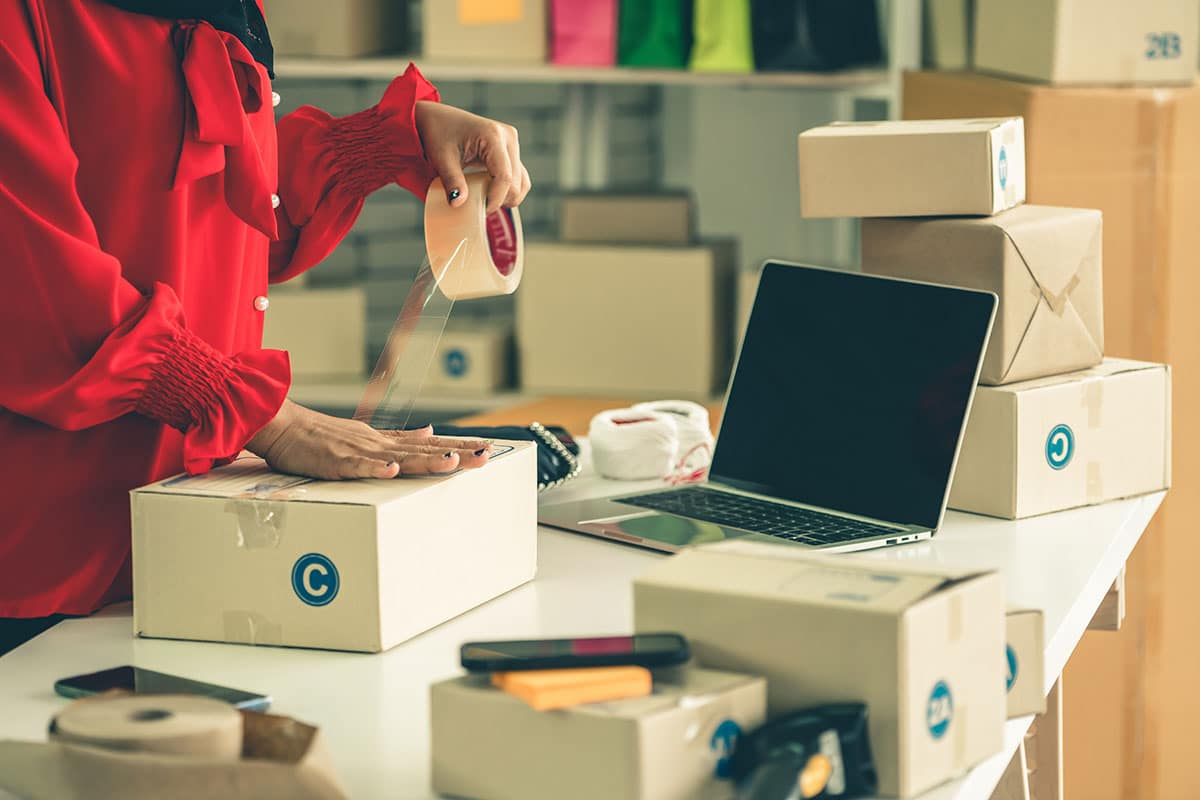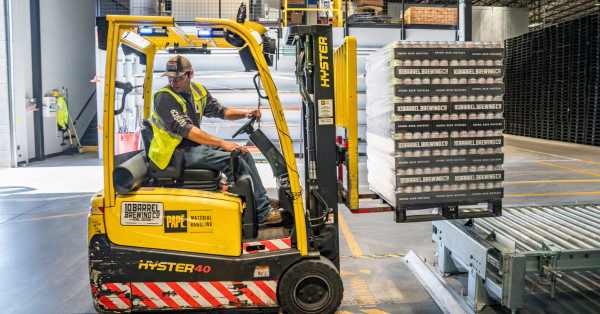The 4 Advantages of Selling Backorder Items
When shopping online, nothing is worse than discovering that an item you want to buy is temporarily out of stock. Customers who expect immediate access to the products they want may find backorders to be a frustrating experience. As an eCommerce business, you need to find ways to reduce backorders while providing a consistent customer experience.
To continue giving your customers a streamlined and enjoyable shopping experience, we'll discuss what backorders are and how you can use them to increase sales.
What does backorder mean?
Backordering a product implies that it is currently unavailable but will be available at a later date. Even though the item is temporarily out of stock, businesses may still allow customers to buy a product and have it shipped to them once it is restocked. When customers backorder an item, they can buy it now and receive it later when it becomes available.
However, a backordered item cannot be packed and shipped immediately because there is no physical inventory. If a customer's order contains both in-stock and backordered items, the order may be divided into several shipments, with the backordered items arriving later.
Urban Outfitters provides an excellent framework of how to handle customer backorders with upfront transparency for your customers. They have a backorders section on their website that informs the customer that they can order a backordered item to reserve it, but it will be shipped to them once it becomes available again. When customers add an out-of-stock item to their cart, they are given an estimated ship date, and the store notifies customers if anything changes between the time the order is placed and the time it ships.
Best of all, Urban Outfitters’ backorder process can be automated to work seamlessly with the rest of your ordering and fulfillment processes. This process becomes even easier when you’re working with a 3PL like Ship My Orders for your fulfillment.
What causes backorders?
Some backorders are unavoidable, while others can be avoided with proper planning and management. Here are four of the most common causes of backorders:
-
Increased demand
Backorders can occur when demand for a product unexpectedly increases, such as during seasonal holidays, media appearances, or social media promotions. This is a good problem because it shows great interest in a particular product. However, the disadvantage of high demand is the inability to supply it. -
Low safety stock
Prepare extra inventory, or safety stock, to deal with supply and demand issues. If the safety stock needs to be adequately prepared, backorders may occur due to a lack of inventory. Consider this as product insurance against high demand. There are numerous methods for calculating your required safety stock, but here is a basic formula to get you started. -
Manufacturer or supplier issues
Backorders may occur if your manufacturer or supplier experiences a production disruption, such as a shutdown or a material shortage. During the Covid-19 pandemic, IKEA dealt with supply chain issues in 22 stores across the UK and Ireland. This includes a lack of labor, transportation issues, and a scarcity of raw materials. Additionally, they saw increased customer demand when people stayed home and shopped online more. As you can imagine, this created a host of backorders and fulfillment delays in IKEA’s processes. -
Long lead times
Backorders can also occur when manufacturers or suppliers fail to meet deadlines. These lead times can be volatile, particularly during supply chain crises, forcing businesses to rely on backorders.
4 Advantages of selling on backorder
While backorders can be challenging to manage, they do have some benefits for eCommerce businesses.
-
Increased storage space
Backordered items can be picked and packed as soon as they arrive at your warehouse, freeing up space for other inventory. -
Lower warehousing costs
If you have less inventory, you may be able to temporarily reduce your warehousing costs, including storage and fulfillment fees. -
Higher product demand
When customers notice an item is back-ordered, it may increase the product's popularity and desirability, leading to increased demand and sales. This also creates a sense of "fear of missing out" if they see a particular product's popularity. A good way to capitalize on this phenomenon is to create pop-ups or other on-site ads that direct people to “reserve” their favorite back-ordered items. -
Improved cash flow
Backorder purchases provide your company with immediate cash while also releasing capital previously locked up in inventory, allowing for greater flexibility in fund allocation.
While backorders can be inconvenient, leveraging these benefits can help you reduce the impact of backorders while continuing to grow your business.
Don't lose your customers to backorders
E-commerce business owners must understand that customers can easily move from one website to another when shopping online. They can easily navigate to a competitor's website if they encounter a problem, such as an out-of-stock item. Backorder management strategies must be in place to maintain order and customer loyalty.
Check out some of these tips to help keep your customers happy when they place a backorder:
Notify shoppers and provide manageable ETAs
If a product is out of stock, make that clear on the product page. Give an estimated arrival date for the product and think about adding a notification option for customers who want to be notified when it comes back in stock.
Set up an email list
Having an email list is essential for customer retention. Make a list of email addresses from customers who have expressed an interest in a specific product. When the product becomes available again, this is an excellent opportunity to generate excitement and create a sense of urgency. This can also be a useful marketing tool because you now have a targeted audience to market to.
Send emails once restocked
Send an email to your list once any backordered orders have been fulfilled and the product is back in stock. This informs them that they can repurchase the product, which is also a great way to keep customers engaged.
Following these tips can help reduce the chances of losing customers due to backorders while maintaining a positive relationship with them.
It’s important to note that the Federal Trade Commission has rules that companies must follow when they sell items through the mail, online, or over the phone. These rules say that the company must be able to ship the item within the time they advertise, or within 30 days if they don't advertise a time. If the company can't ship the item on time, they must either get the customer's permission to ship it later or give the customer their money back.**
It's also a good idea for companies to put these rules on their website so customers can easily understand them.
Say hello to hassle-free backorders, inventory management, and shipping with Ship My Orders
After learning what backorders are and how to handle them, your company will feel more prepared with a game plan to help you succeed. Despite the challenges associated with backorders you can now minimize backorders by preparing a safety stock, monitoring inventory, working with multiple suppliers, and ordering more products. These strategies can lead to more happy customers and trust in your business.
If you are a business owner who has struggled with order fulfillment and inventory management, a 3PL provider such as Ship My Orders can be the right partner for your business. Our team can help you streamline your order fulfillment process, provide a consistent customer experience, and handle the rest of the logistics so you can focus on marketing your products and getting more sales!
**Ship My Orders is not a legal expert and this is not legal advice. Please seek licensed legal counsel to ensure your business is following all applicable trade and business regulations.


-1.png)


